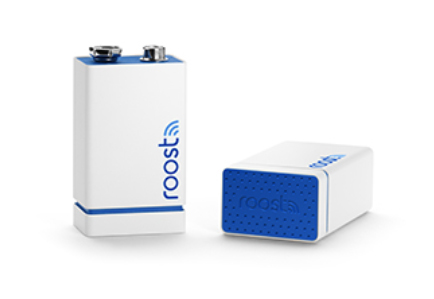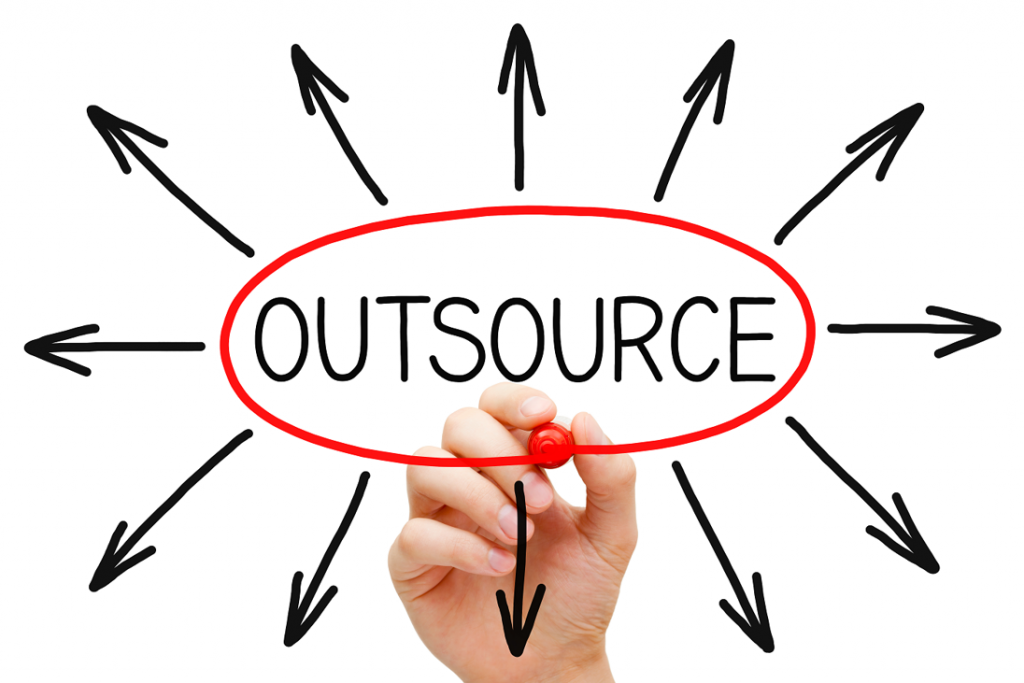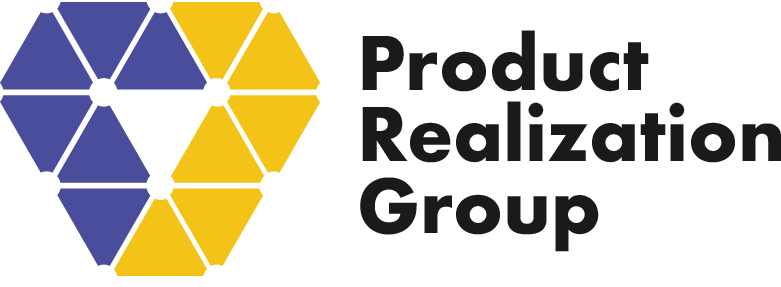Manufacturers created 27,000 more jobs in the U.S. than they moved offshore last year, a reshoring advocacy group says. (Global Trade) Wall Street Journal, May 18, 2017.
Where to locate your manufacturing operations is a fundamental question every electronics company asks. The need to lower costs and stay competitive leads many companies to move manufacturing away from the United States. Cheaper labor prices and component parts in Asia are the leading drivers that initially pushed companies toward contract manufacturers in China and elsewhere. In reality, the cost of labor and components are only part of the offshore-onshore manufacturing decision matrix. In recent months the US political climate has given new visibility to the offshore/onshore manufacturing decision, politicians encouraging US companies to move manufacturing jobs back to the US, and threatening to penalize those that do not. Ultimately, each company should conduct a risk analysis of its overall supply chain to understand the “total cost of ownership” and make an informed offshore-onshore decision.
The SV Hardware Startup to Scale Meetup group will present a panel discussion revisiting the onshore versus offshore manufacturing decision on May 24 at 11:30 am at Meritronics, 500 Yosemite Drive,Suite 108, Milpitas. Panelists from across the electronics manufacturing industry will share insights how to evaluate and mitigate your supply chain risk.
High Tech Startup – VP of Operations insights

When panelist Jim Van Patton, VP of Operations at Roost chose an offshore manufacturer for Roost, he had already been in over 60 different factories as VP of Quality at Logitech. He manages risk in part by managing the relationship with the contract manufacturer. He had a “good list and a “bad list.” For example, which factories are experienced in wireless, or, who is known for strong launch support. More than that, he knows how to look for red flags that might be risks for small startup companies. He offers 5 helpful tips:
- Do not work with a manufacturer committed to much larger clients
- The contract is not the end, it is the beginning of a long-term partnership
- Clarity is key – carefully specify and verify all parts & activities
- Have regular calls with your factories – Jim schedules them 2x per week
- Use risk based supplier audits to verify that component parts specified & delivered by approved vendors
Industry Expert Tips
Shirish Joshi, is a Senior Supply Chain Consultant, who works with both offshore and onshore contract manufacturers for his clients. Shirish brings clients a strong operational background from years of experience with Sun Microsystems, Apple, Silicon Graphics, and various startups, as well as a strong rolodex. When selecting onshore vs. offshore he recommends looking at the following factors:

- The product
- Projected volumes
- Product complexity
- Design stability
- Size & weight
- IP protection
- Systems integration
- Total cost of ownership
He works with clients to mitigate risks. He has spent a lot of time overseas and knows experts and suppliers in many fields. When working overseas, it all comes down to people, according to Shirish, establishing trust. Since language is a problem, especially in Asia, he likes to introduce his clients to the players and people that they will be working with face to face. “Face to face makes the challenges go away.” To mitigate technical problems that can arise offshore, Shirish will encourage clients to bring their people onsite for prototype builds and other early runs. Alternatively, he will suggest that they complete prototype builds or small volume runs onshore to work out problems before moving offshore. According to Shirish, one of his big challenges is educating startups about the cost structure of manufacturing and level setting the expectations with them. Most startup founders have engineering backgrounds, and are inexperienced in operations. They often work from back of the envelope projections that do not account for everything involved. He finds that they may resist seasoned advice, especially if it means spending money, and if the advice is counter to the opinion of their venture partners.
Component Distributor Recommendations

Cindy Eldridge is the Western Area Director for Avnet, a $17 billion distribution and supply chain company. Cindy works with companies all over the spectrum from startups to very large companies that include tier 2 and tier 3 suppliers as well. To Cindy, her role is to make sure her clients understand the risks of their supply chain decisions and the total cost of ownership. Avnet evaluates the BOM for risk, like availability of components. It evaluates the product design, taking into consideration factors like stability. When the design is more stable, time delay is less critical and work in Asia is less risk. If the design if less stable, they may suggest a manufacturing site closer to the US like Mexico where the time delay is minimized. Avnet can help the customer put a dollar number on the risks that they assume, so they understand the real cost impact of delay. For example, will it cause the customer to miss its market window? Cindy has run into very sophisticated customers that understand the cost of per day of delay of particular component parts.
Comments? Questions? Join the conversation on Facebook!


